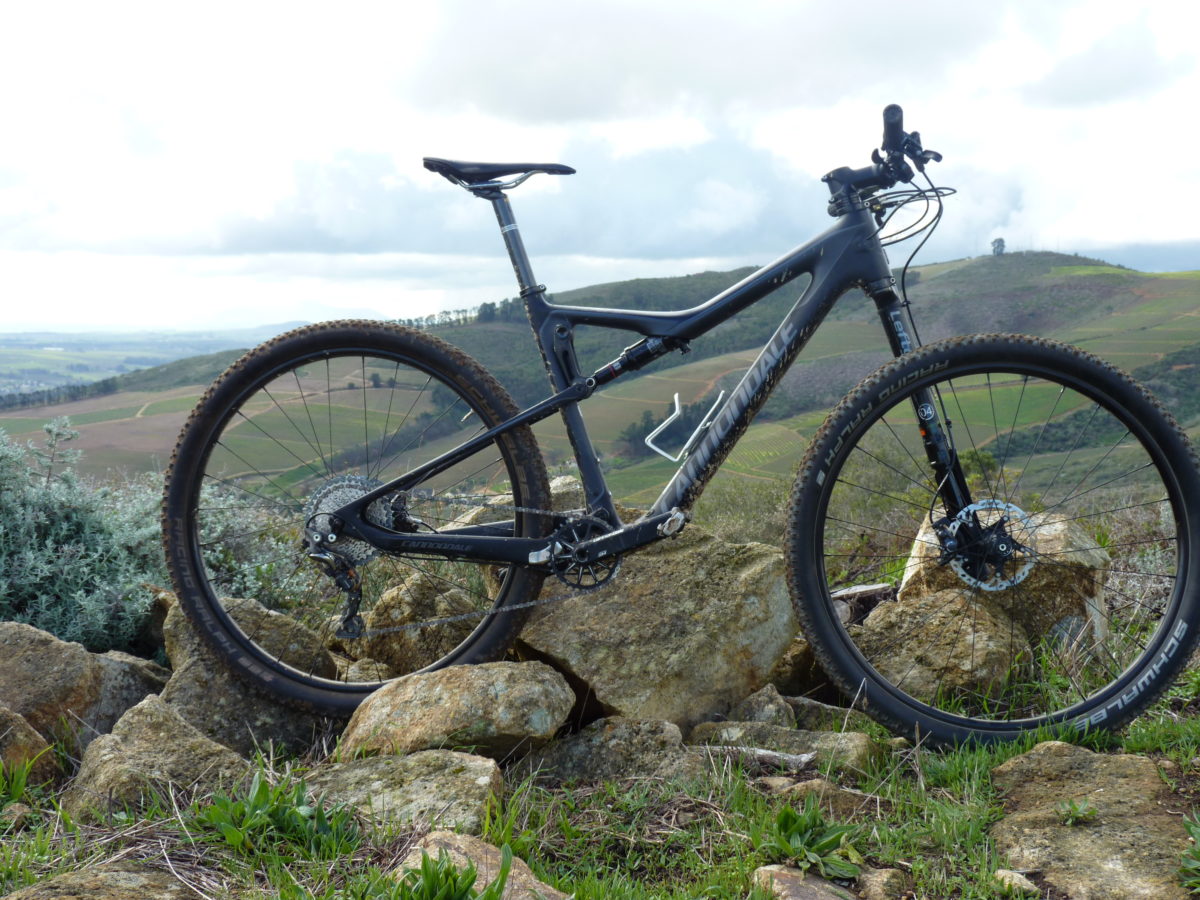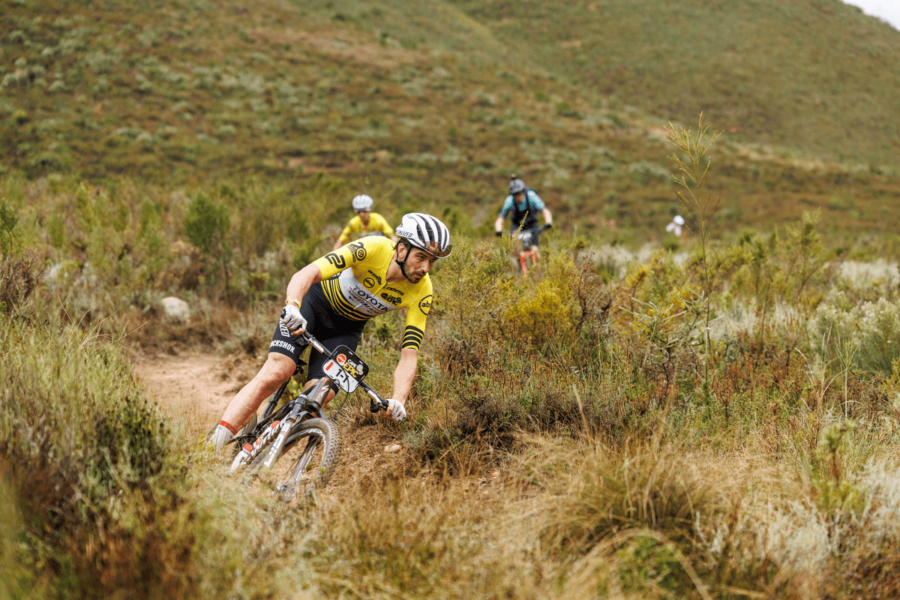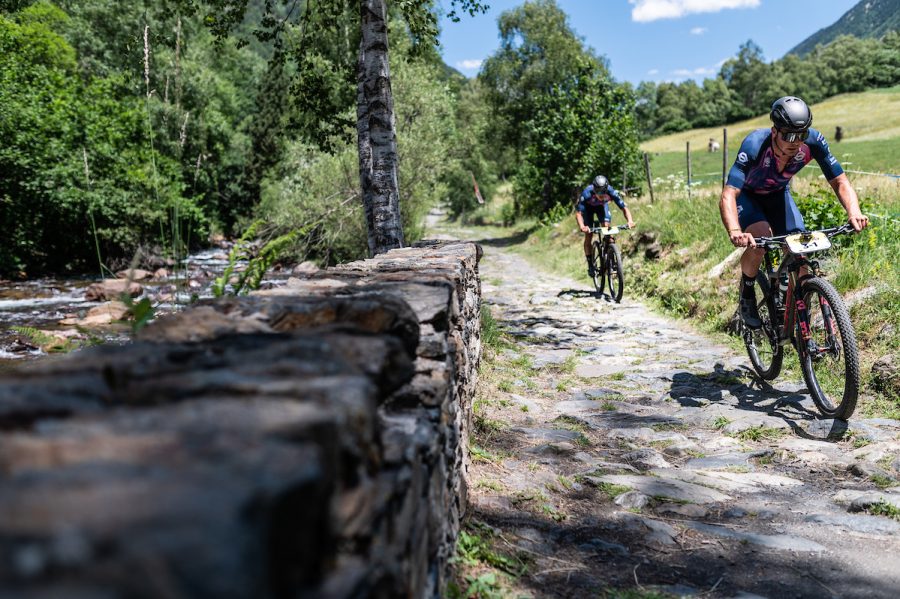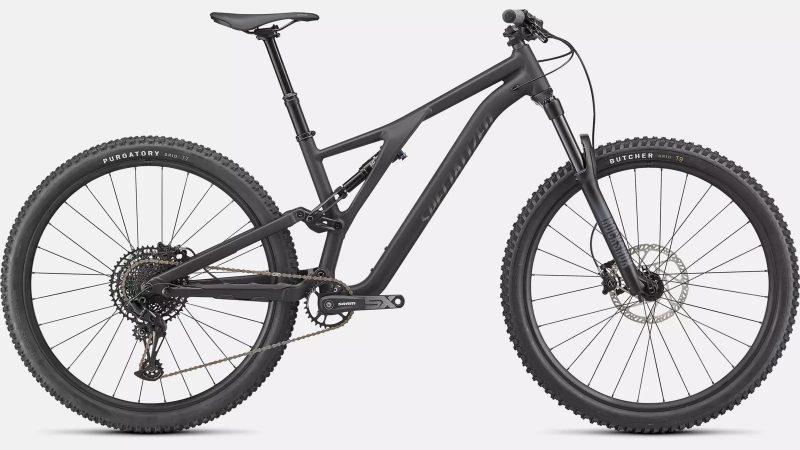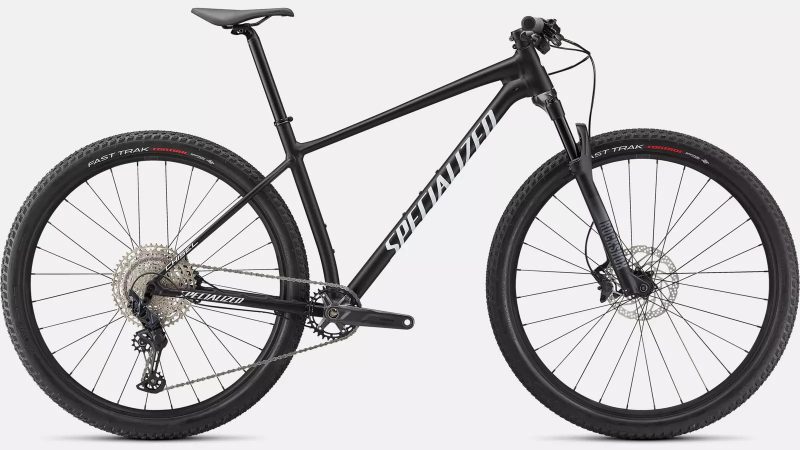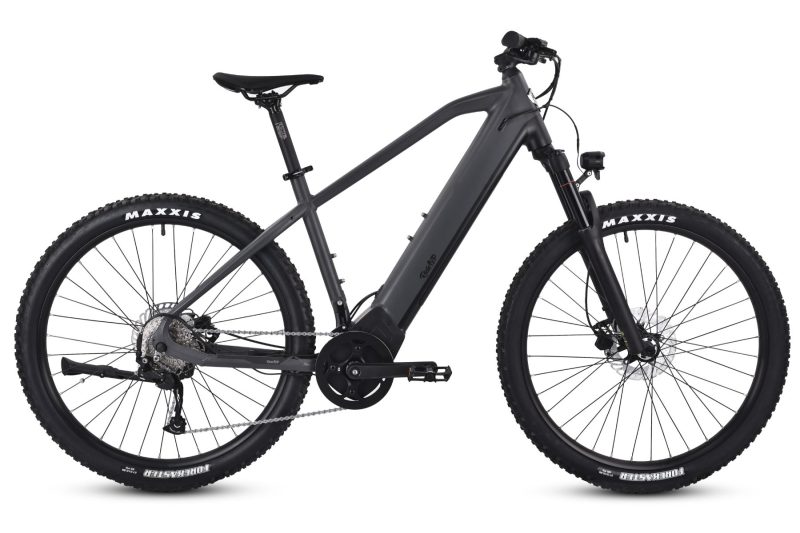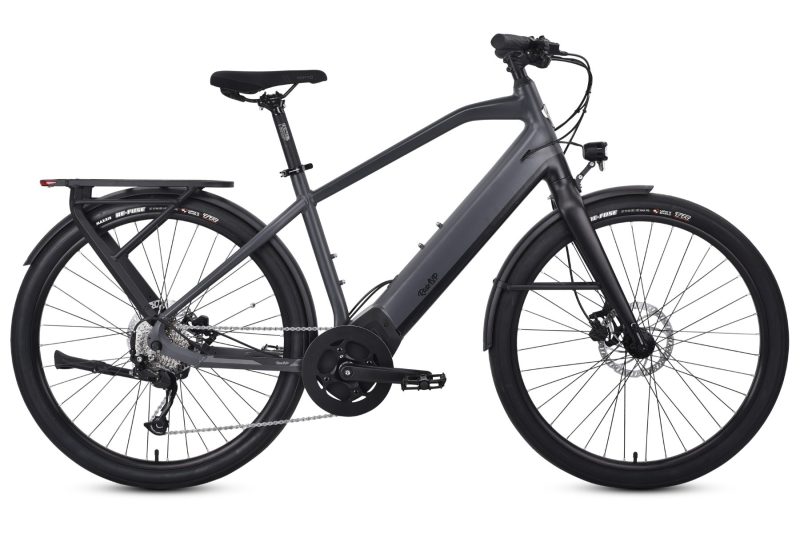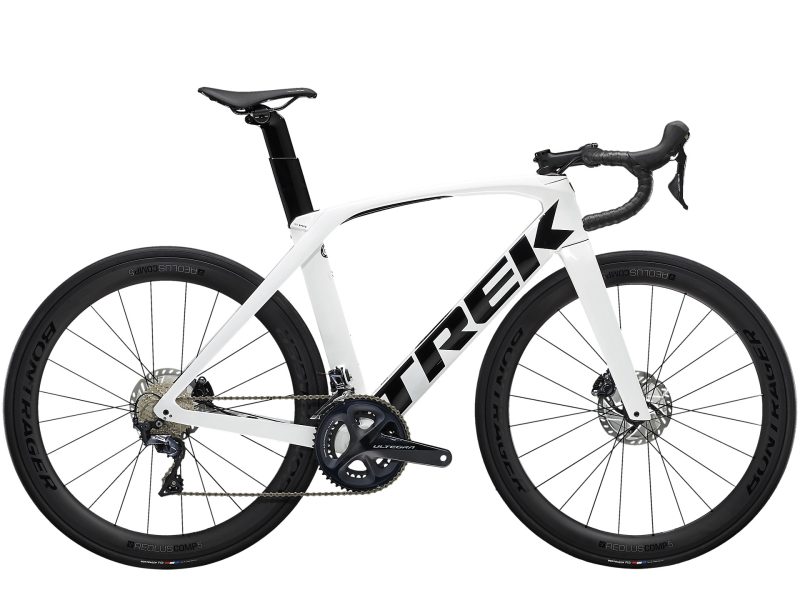The Cannondale Scalpel-Si Carbon 3, was implausibly fast on the uncharted cross-country trail. Cannondale have created the 2017 Scalpel-Si to be extra cross-country like, through flaunting its natural and most rigid, light-weight, state.
During this test of the Scalpel-Si Carbon 3; I experienced a firm grasp over South African terrain. The bike handled difficult climbs, and tricky descends with absolutely no flaws! In due course, the Scalpel-Si was rigid for gaining speed, without lacking in suspension functionality when it was needed most. The bike was lord over the trail!
Classically Advanced
The Scalpel’s frame knocks down the intro door, with Cannondale’s prize BallisTec Carbon fibre. A simple innovation that makes Cannondale’s carbon fibre one of the most durable out there. The frame was designed specifically with Cannondale’s System-Integration, which makes use of some of their own branded components. This gave the Scalpel-Si the unique feeling, that every piece of the bike was working in harmony with the other.
Crossing the bridge to the suspension side of the frame; an effective Zero-Pivot rear triangle, and seat-stay, gave the Scalpel-Si, shock absorption unlike any other. The Rocker-Link assembles to the top-tube of the frame. Its light-weight, stiff, carbon nature transferred any jolt from the rear-triangle, straight into the rear-shock. Hence my statement of effectiveness. However, the pivot-less system, allows more power to be conveyed into the drivetrain from your pedal stroke. Thus while it aids suspension effectiveness, it also delivers enhanced pedalling, so you can go faster.
The engineers at Cannondale, definitely went all-out with focusing on integration. Since the top-tube of the frame is hollow enough to slot a Di2 battery pack, and host it with ease of access for maintenance. Then the internal cable routing on the Scalpel-Si, brought things together nicely. Clean and neat were my thoughts.
Overall the Scalpel-Si’s frame provided me with a compact and stiff performance. It facilitated better handling, which in turn gave me confidence at high speeds. It’s a genuine race-bread frame. With the added benefit of disciplined pedalling.
Lefty 2.0
The first noticeable sign of Cannondale’s System-Integration, was the Lefty 2.0 fork (not that it’s really a fork). This 100mm travel, front-shock, has been made more compliant, while still maintaining its stand-alone identity, of the most rigid XC fork in the world. Lefty 2.0 features a specific tune for XC racing, alongside Cannondale’s XLoc Full Sprint mode, that can be activated through the remote mounted on the handle-bars. Moreover, it was designed with 55mm offset to the Scalpel’s geometry, on our particular model.
The Lefty 2.0 owned the trail, like a Ferrari owns the race track. It was well-balanced under my control, and held its line along the trail. The fork also exhibited its passionate side, with its greed for single-track corners; honestly it was just so exhilarating flicking the bike through the apex of turns. The magnitude of performance with the Lefty didn’t stop there; it soaked up anything uncomfortable on the trail floor. Maybe the Lefty is the future of XC forks?
HollowGram
I personally loved Cannondale’s HollowGram Si crank-set. Once again, it’s part of Cannondale’s endeavour to make sure that every components works in harmony with the other. Thus, the 32t Ai SpiderRing comes striahgt from Cannondale. The lightweight and strength of this chain-ring, was unmatched. It transferred smooth, consistent, torque straight across the chain.
RockShox Monarch XX
This 100mm travel, rear-shock never ceased to amaze me! Combined with the Cannondale Scalpel’s stiff frame, it provided high performance, with the power to give you taste for a cross-country marathon race. The travel was more than enough; and long rides just seemed that much more pleasant. There was still more to see though! Cannondale’s Full Sprint remote was wired to the Monarch XX, so guess what? I motored along flat sections, losing absolutely no watts, when the mode was enabled!
The Spec Sheet:
- Shimano XTR Drivetrain:
- Shimano XTR Shadow-Plus 11spd Derailleur
- 11-42t cassette
- Shimano XT Shifters 1×11
- Brakes
- Shimano XT M8000
- 160mm Disc
- Shimano XT M8000 Brake Levers
- Cannondale Components
- C2 Carbon Seat-post
- C1 6061 Alloy Stem -5-degrees
- C-Zero Flat Carbon 760mm bar
- Prologue Zero II STN Saddle
- Wheels
- Stan’s NoTubes ZTR CREST Rims
- CZero Straight Pull Hubs
- Schwalbe Racing Ralph Tyres
XXC Geometry
The geometry of the Scalpel-Si slowly edges towards that of a trail bike. The head-tube angle has been slackened to 69.5-degrees, while the sea-tube angle maintains a centred angle of 73.5-degrees. With these two angles, I was able to keep a balanced ride downhill. The shorter chain-stay engineering, proved to be an upgrade most felt on the ride. Despite the angle of the head-tube; the compactness of the Scalpel-Si contributed to the bike’s ease of flicking through corners.
Pride in the Ride
Cannondale’s exceptional craftsmanship, show that they took pride when designing all the innovations that accompany the Scalpel-Si Carbon 3. It would only be fair to assume they took such satisfaction in looking at how the bike perform on the unforgiving cross-country course.
The Scalpel’s lightweight and balance created stoke initiating vibes. I was able fly through corners and up technical climbs. Truly a ride worth the praise of delight! The bike’s components were not the only things in-synch with one another. The entire bike felt in-sync with the trail, which I think is the result of Cannondale’s System-Integration innovation.
Climbs: The Scalpel-Si certainly had a responsive gear system. Not to mention the BB stiffness factor that came into play when sprinting. Just because the bike was light on weight, didn’t mean that I lost traction, which was something that I expected to happen admittedly. The back wheel caught the ground and never let go, especially in Full-Sprint mode.
Single-track: The bike was amazing easy to steer through switch-backs, while holding its line dead-on to the path. Although when steering to the right, I noticed a slight understeer. I put this down to the Lefty shock, and that there was inevitably some pull to the left when riding. Otherwise, the Scalpel-Si was super fun and smooth to cruise on single-track with!
Downhill: Cannondale’s Scalpel-Si always had that dirt crunching sound when speeding downhill. I sound that I’ve definitely fell in-love with! When the bike was approached by rocks or tree roots, the RockShox and Lefty had me covered with absorption. In particular, though, the RockShox Monarch rear shock had plenty of travel. I just felt that all that travel wasn’t utilised fully. On the Lefty 2.0 side, being only comprised of one leg; the Lefty is able to channel the shock through one area, and therefore be more effective. However, I still think the shock should be slightly softer on the open setting, especially when riding over bumps at high speed.
Verdict:
The Cannondale Scalpel-Si provided a brilliant ride all-in-all. The Carbon 3 model was particularly clear in conveying the message of ‘extra cross-country like’. Its advanced technology also makes it very competitive within its price range. On the race-track, it promises to bring new meaning to the word, “fast”. Therefore, making it ideal for intermediate and pro riders.
Tester Questions:
Favourite Innovation? Lefty 2.0
Best Benefit? The Spider Chain-ring delivered the best pedal power!
What would you add? Carbon frame protection on the downtube.
What would you improve? The RockShox Monarch XX.
Special thanks to Flandria Cycles for supplying the bike!
Cannondale Scalpel-Si Carbon 3
RRP: 75 000

